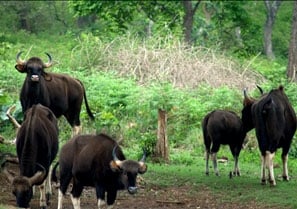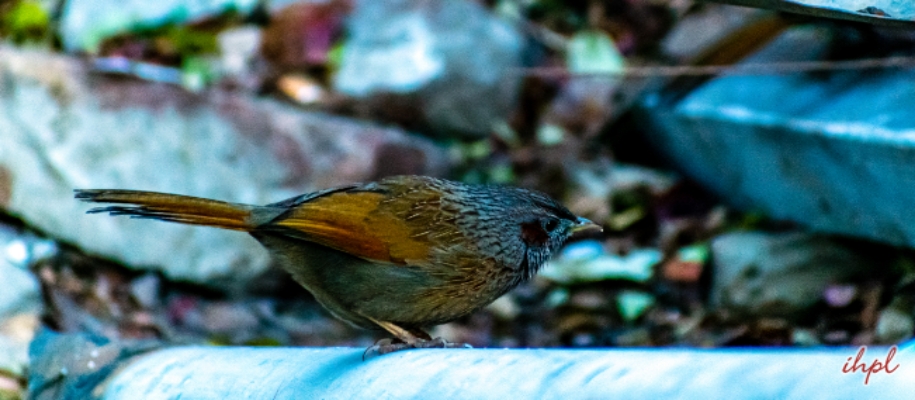Area and Altitude: It covers an area of 110.00 square kilometers and is spread across the Himalayan slopes at varying altitudes of 701 to 2,408 meters above sea level.
How to reach Chail Wildlife Sanctuary
By Air
The nearest international airport to Chail is Chandigarh (110 kilometers). You can avail of a bus or cab from Chandigarh to Chail.
By Rail
If you travel by train, get down at Kalka and board a bus or cab to Chail.
By Road
Chail is easily accessible by road anywhere in the state and neighboring states.
Chail Tour Packages
List Of Popular Wildlife Sanctuaries In North India
 Bharatpur Bird Sanctuary
Bharatpur Bird Sanctuary  Sariska Wildlife Sanctuary
Sariska Wildlife Sanctuary  Darrah Wildlife Sanctuary
Darrah Wildlife Sanctuary  Mount Abu Wildlife Sanctuary
Mount Abu Wildlife Sanctuary  Churdhar Wildlife Sanctuary
Churdhar Wildlife Sanctuary  Daranghati Wildlife Sanctuary
Daranghati Wildlife Sanctuary  Kalatop Khajjiar Sanctuary
Kalatop Khajjiar Sanctuary  Kanwar Wildlife Sanctuary
Kanwar Wildlife Sanctuary  Maharana Pratap Sagar
Maharana Pratap Sagar  Majathal Sanctuary
Majathal Sanctuary  Manali Sanctuary
Manali Sanctuary  Renuka Sanctuary
Renuka Sanctuary  Simbalbara Wildlife Sanctuary
Simbalbara Wildlife Sanctuary  Asan Barrage Uttarakhand
Asan Barrage Uttarakhand  Bandli Sanctuary
Bandli Sanctuary  Chandra Prabha Sanctuary
Chandra Prabha Sanctuary  Jasrota Wildlife Sanctuary
Jasrota Wildlife Sanctuary  Kaimoor Wildlife Sanctuary
Kaimoor Wildlife Sanctuary  Katrnighat Wildlife Sanctuary
Katrnighat Wildlife Sanctuary  Kedarnath Sanctuary Uttrakhand
Kedarnath Sanctuary Uttrakhand  Mahavir Sanctuary
Mahavir Sanctuary  Surinsar Mansar
Surinsar Mansar  Nandini Wildlife Sanctuary
Nandini Wildlife Sanctuary  National Chambal Sanctuary
National Chambal Sanctuary  Overa Wildlife Sanctuary
Overa Wildlife Sanctuary  Ranipur Sanctuary
Ranipur Sanctuary  Ram Nagar Wild Life Sanctuary
Ram Nagar Wild Life Sanctuary  Pong Lake Wildlife Sanctuary
Pong Lake Wildlife Sanctuary  Ascot Sanctuary
Ascot Sanctuary  Govind Wild Life Sanctuary
Govind Wild Life Sanctuary  Nature Park Kufri Sanctuary
Nature Park Kufri Sanctuary  Nature Park Manali
Nature Park Manali  Changthang Wildlife Sanctuary
Changthang Wildlife Sanctuary





